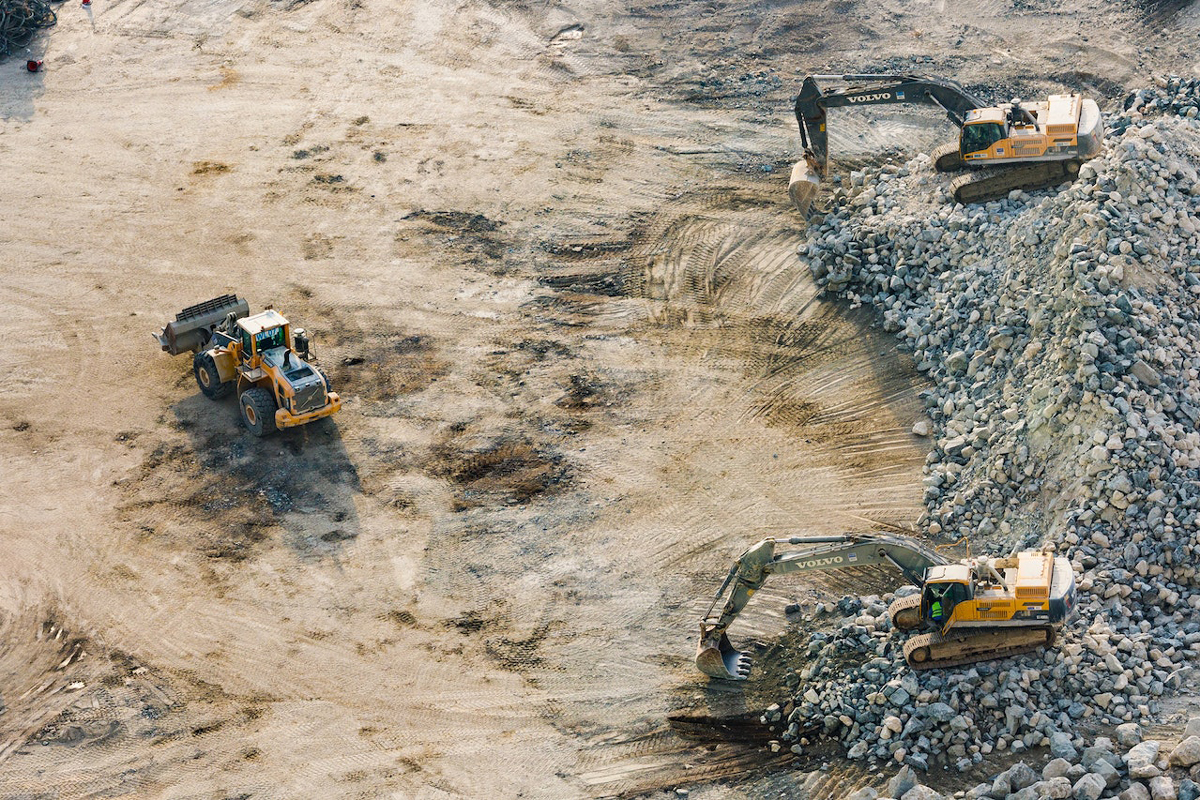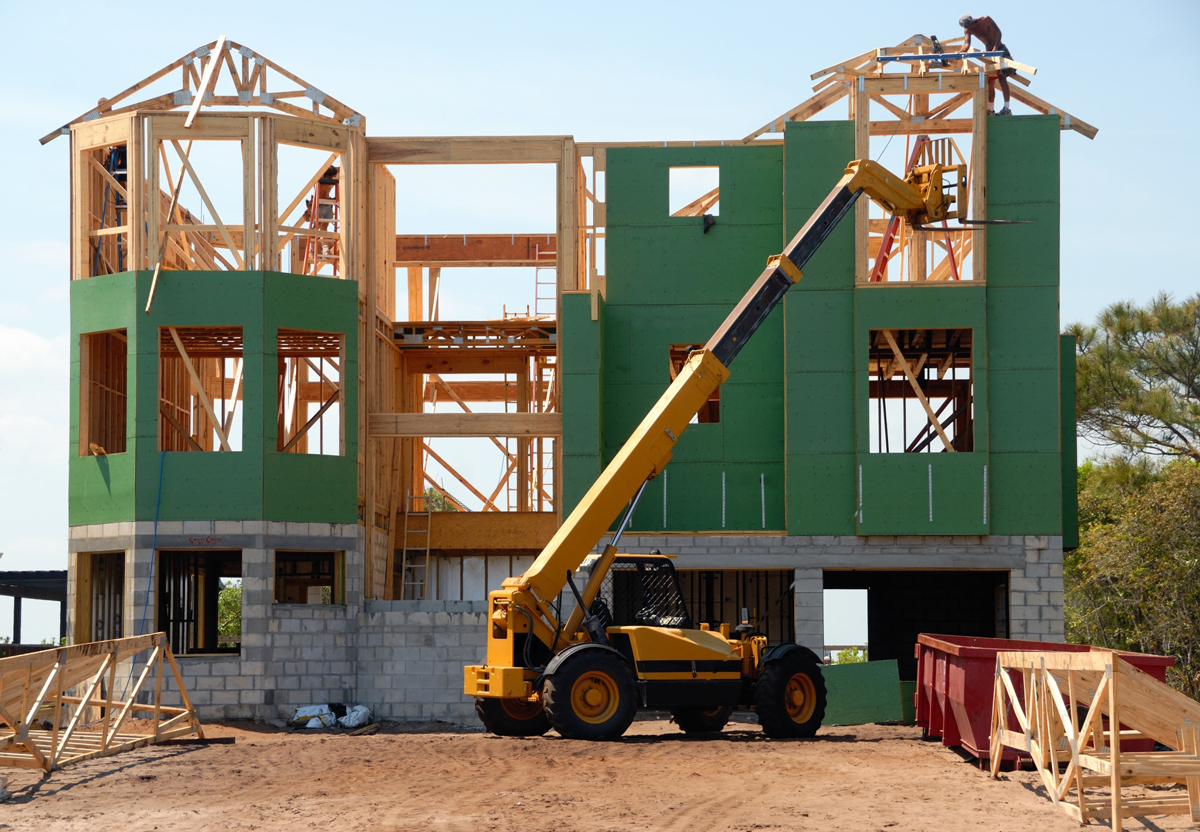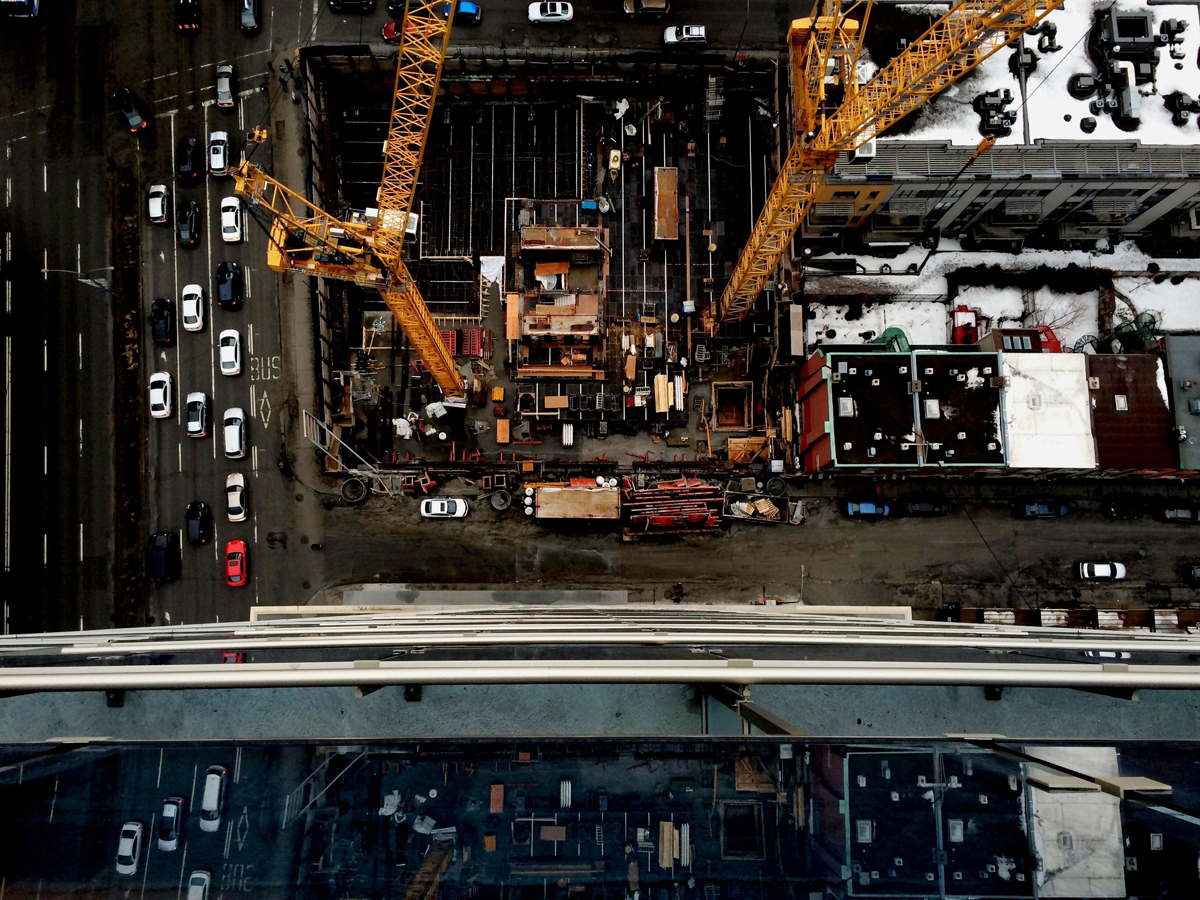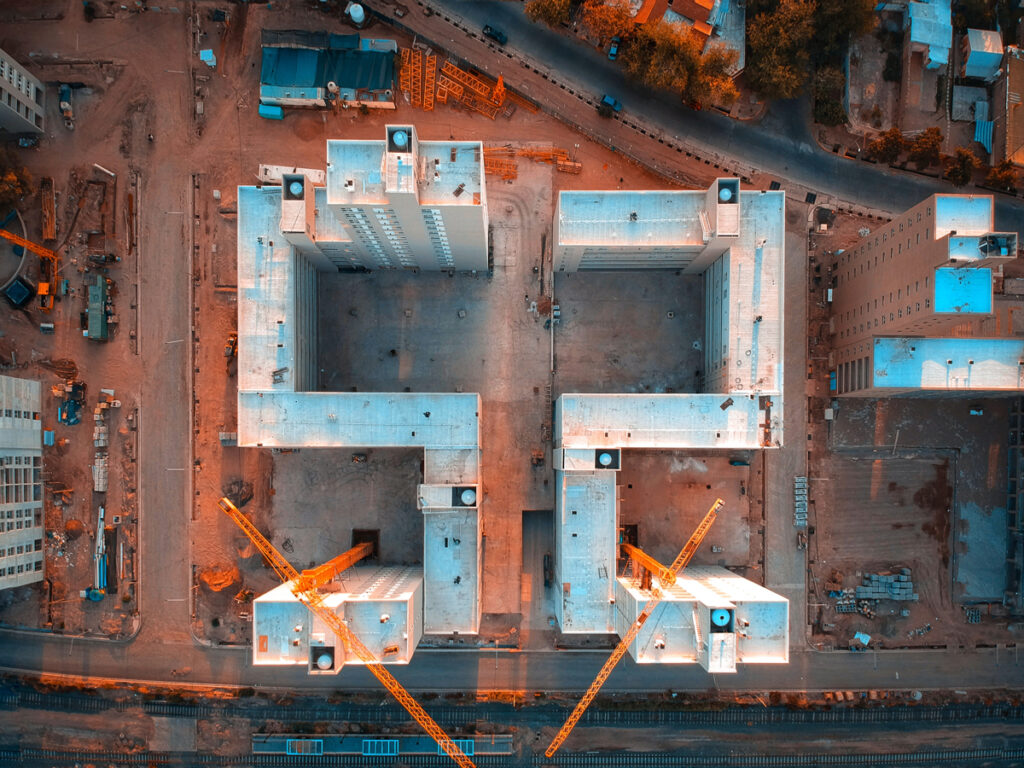Exclusive Neuroject Article: The philosophy of Lean construction emphasizes the minimization of waste and maximization of value in construction processes. waste is considered as everything unable to directly create value, and value is anything that customers want to pay for it. One of the fundamental principles of Lean Construction is the identification and elimination of the eight types of waste that can occur in every phase of construction projects from design to the construction phase. Let’s take a look at waste in Lean Construction
The 8 wastes in Lean Construction, also known as “TIM WOODS” refers to Transportation, Inventory, Motion, Waiting, Overproduction, Overprocessing, Defects, and Skills. Each of these types of waste can contribute to increased costs, project delays, and inefficiency. By addressing these types of waste, Lean Construction aims to improve the overall effectiveness and efficiency of construction projects, leading to improved project outcomes and increased client satisfaction.
1. Overproduction
Efficiency in the world of construction is playing a key role when it comes to time and budget. One of the biggest sources of waste in construction processes is overproduction which means producing materials ahead of demand and time.
Overproduction could occur in various forms and in each phase of the construction process. Ordering materials more than demand or sooner than is needed, prefabricating components, or starting work in advance that could result in unnecessary storage of excess materials. To be more precise, when overproduction happens, products need to be stored which could lead to double handling, a waste of resources, an increase in costs, and overcrowded sites, all of which could negatively influence the project.
However, overproduction could be effectively addressed through Lean Construction principles which emphasize maximizing efficiency and minimizing waste in construction processes. One of the Lean Construction primary principles is to produce as much as the product is needed, and what exactly is needed in the project’s site. To achieve this precise and accurate monitoring and controlling system is required to optimize the materials, equipment, and labor in the project.
On the other hand, Lean Construction emphasizes the importance of well-organized and logical project management as one of the approaches to tackling the problems associated with overproduction. Besides, this could be addressed through continuous improvement and empowerment of workers. In the rest of the article, we will discuss other wastes in Lean Construction.
2. Waiting
In the fast-paced modern world, time is the most crucial element for success. The construction industry could be significantly influenced by delays and waiting time in terms of costs, productivity, and stakeholders. Waiting happens when there is an urgent need for something that is not available on time.
Construction projects could face various types of waiting through all stages of the process. Waiting can be defined as waiting for materials, equipment, and information or approvals from employers and stakeholders. For instance, this could be waiting for equipment to be repaired, materials to be delivered, or the workers waiting for a plan. These delays can influence the project’s outcome, and increase labor costs while extending the duration of projects.
Lean Construction principles could positively affect the project schedules and stop the waste of waiting from happening. Minimizing the waiting time is achievable by following the Lean Construction principles of ensuring a smooth and continuous workflow and enhancing the quality of communication and coordination between stakeholders, laborers, and employers. Besides, effective project management through cutting-edge technologies that help detailed and accurate schedules for projects, real-time monitoring, and communication tools could help reduce the waiting time.
Overall, waiting time is a common source of waste in construction projects and is affecting their quality and costs in various ways whole over the world. However, this is addressable and could be reduced by getting help from the Lean Construction theory.

3. Unnecessary Transportation
Transportation is an inseparable part of construction projects which includes the movement of raw materials, personnel, information, and equipment on the construction site. However, sometimes it is unnecessary and could be taken into account as waste, leading to increased costs, inefficiency, and adding time to the whole process. On the other hand, unnecessary transportation endangers the materials and exposes them to damage.

Transportation waste in construction projects can result from over-reliance on traditional transportation methods including the use of multiple suppliers or vendors. Besides, transportation equipment that is not required for an immediate need can lead to congestion, delays, and inefficiencies.
One approach to combat transportation waste is optimizing material delivery and movement. This is achievable through careful and precise planning which ensures a material delivery based on demand, selection of efficient routes, and reducing the number of trips. Another technique to tackle this problem is adopting a just-in-time delivery system. This means delivering the materials only when they are needed immediately.
In addition, the latest technologies and digital tools such as construction management software, and GPS tracking could help to monitor and optimize transportation while facilitating communication among the people involved.
4. Over Processing
Quality holds a significant position in the construction world. However, sometimes the stakeholders’ emphasis on quality could result in over-processing, which is considered a type of waste in Lean Construction theory. Over-processing could occur when personnel, engineers, designers, or laborers are mistakenly performing activities or producing outputs that exceed the requirement of the project and do not add value to the project.
Over-processing could occur in every phase of the project and in various ways. This could be the designer’s excessive effort in unnecessary details and complex designs, duplicate activities, over-engineering the project beyond its intended use, and using high-end materials while lower-end ones are sufficient. All these examples could result in some negative outcomes which impact the project in various ways.
However, over-processing could be tackled to some extent by following the Lean Construction principles. The elimination of unnecessary activities could occur through a clear understanding of stakeholders and customers by closely collaborating with them. Besides, taking advantage of standardization and modularization could lead to a clear definition of project requirements which plays a key role in avoiding over-processing.
Adopting the latest technology and systems also could avoid over-processing in construction projects. For example, building information modeling (BIM) software, digital design tools, and real-time monitoring can be helpful.

5. Inventory
In order to optimize operations, control costs, and deliver projects on time while spending a minimized budget on them, effective and optimized inventory is crucial. Inventory refers to the unused and unnecessary supplies, tools, equipment, and products that are commonly stored on-site, or in the fabrication yard. Although having some inventory is essential to avoid waiting, storing too much inventory could increase the risk of damage, theft, and obsolescence.
Excessive inventory is considered one of the 8 wastes in Lean Construction. This could result in unnecessary costs in order to find storage space, unnecessary transportation to deliver the materials to the storage, and double handling.
To manage and optimize inventory effectively, there are some steps to be taken. Adopting s just-in-time (JIT) management system which aims to minimize inventory levels by delivering materials and products at the exact time they are needed could be taken into account as one of the most effective ways to combat excessive inventory. Another approach to inventory management is through using building information modeling (BIM) which enables real-time tracking and helps construction companies to reduce waste by identifying potential errors, clashes, and omissions before they occur.
Analyzing historical data, market trends, and customer requirements to anticipate future demand could also help to adjust inventory levels accordingly.
6. Motion
Motion is another waste in Lean Construction, which means the extra steps taken by laborers and personnel, and the avoidable movement of equipment, products, and materials that do not add any value to the construction process and do not make any positive changes in the quality of work. Motion includes excessive walking, searching, bending, and unnecessarily complex procedures.
Every stage of the project and in a number of different ways are susceptible to unneeded motion. The waste in motion could occur in the useless material handling, duplicate moving of heavy tools and equipment due to the lack of coordination and communication, walking long distances between work areas due to the poor workstation layout, and wasting time as a consequence of site logistics.
However, Lean Construction principles are able to reduce unnecessary movement during the construction process. Adopting workplace organization and standardization which enable improvement in workflow could optimize the layout and design of the construction site. Also, training and education could be enormously effective in reducing motion waste. Providing workers with education on ergonomics, safety, and efficient work practice reduces the need for unnecessary movements.
Another approach to reducing motion waste is the use of technology and automation. This can include the use of tools and equipment that are designed to minimize physical strain and fatigue, such as power tools, lifting equipment, or ergonomic workstations. Construction companies can also use digital tools, such as Building Information Modeling (BIM), to optimize the construction process and reduce the need for manual labor.

7. Defects
Defects could be taken into account as one of the 8 main wastes based on Lean Construction theory and could negatively affect the construction project. Construction defects result in safety hazards that put workers’ physical well-being at risk. For instance, a defect in a building’s engineering could have irreparable consequences such as collapse, fire, or flooding.
In addition to safety concerns, defects could result in a significant waste of money and resources. It is also a threat to the reputation of a construction company. The Millenium Tower, located in San Francisco, is a great example of explaining this issue. The poorly designed foundation of this tower costs the building’s homeowners about an extra $100 million and also building’s value decreased dramatically due to the defects.
These defects are preventable to some extent through the efforts made by construction companies. Mandating regular and quality control, and implementation of testing procedures could help prevent defects from happening by ensuring that materials are of the highest quality, and workers are doing their jobs properly. This could achieve using advanced technologies such as 3D modeling and virtual reality simulation in order to identify potential risks and defects.
In addition to the monitoring systems, through an effective communication and collaboration among personnel, stakeholders, and designers companies can ensure that the final product meets the needs and expectations of all parties.
8. Unutilized creativity of Team Members
Underutilized talent, skills, knowledge, and creativity of personnel are also considered one of the 8 main wastes in Lean Construction. is not one of the old Seven Wastes (or seven mudas) observed in early Lean principles, but it is now widely regarded as an extra waste of Lean, changing the standard mnemonic for the seven wastes of Lean from “TIM WOOD” to “TIM WOODS”.
Unused Creativity of Team Members means the employers fail in utilizing these resources and abilities. Missed opportunities for innovation, reduced outcomes, and a lack of diversity and inclusivity in the construction procedures are some of the primary consequences of underutilized talents. While the construction industry has traditionally relied on experienced tradespeople like carpenters, electricians, and plumbers, many of these employees are approaching retirement age, and there aren’t enough fresh professionals entering the sector to replace them. As a result, there is a qualified labor scarcity, which can lead to project delays, quality difficulties, and increased prices.
To address the issue of underutilized talent in construction processes, construction companies could play a truly effective role. One approach is to provide all the workers with quality education and on-the-job training. Another important strategy is promoting a culture of innovation and collaboration which enables workers to collaborate with one another and involve them in decision-making processes.
The policies that support work-life balance and well-being such as flexible work arrangements, flexible schedules, and remote work could also be considered by construction companies.
Conclusion
In conclusion, the elimination of the eight types of waste in Lean Construction is critical to improving the efficiency, effectiveness, and profitability of construction projects. By reducing waste and maximizing value, construction companies can enhance their productivity, meet the ever-growing demands of clients and stakeholders, and finally surpass rival companies. To achieve this, companies need to adopt Lean principles and tools that enable them to identify, measure, and eliminate waste in all aspects of the construction process.
Ultimately, the successful implementation of Lean Construction can lead to better project outcomes, increased client satisfaction, and improved long-term business success. Therefore, construction companies need to embrace Lean principles and actively work towards eliminating waste in all their processes to remain competitive and successful in today’s dynamic and challenging construction environment.
Suggested article for reading:
Top 7 Sustainable Architecture Projects
important construction technology in 2024
Traditional vs Lean Construction
References:
fieldwire.com | leanconstruction.org | tulip.co
For all the pictures: Pexel








